
Learn how to write a classification and division essay
- Subject:
- English Language Arts
- Material Type:
- Module
- Author:
- Ellen Feig
- Date Added:
- 02/25/2017

Learn how to write a classification and division essay
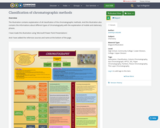
The illustration contains explaination of all classifcation of the chromatographic methods. And this illustration also contains the informations about different types of chromatogrpahy with the explaination of mobile and stationary phases. I have made this illustration using 'Microsoft Power Point Presentations'.And I have added the refernces sources and name at the bottom of the page.

I have made my illustraions using 'Power Poin Presentation'. It includes the information about all three types of classifications of chromatographic method with examples. It also contains some explaination about different types of chromatographies. Ihave also added the name, refernces and sources at the bottom.

The topic of this video module is how to classify animals based on how closely related they are. The main learning objective is that students will learn how to make phylogenetic trees based on both physical characteristics and on DNA sequence. Students will also learn why the objective and quantitative nature of DNA sequencing is preferable when it come to classifying animals based on how closely related they are. Knowledge prerequisites to this lesson include that students have some understanding of what DNA is and that they have a familiarity with the base-pairing rules and with writing a DNA sequence.
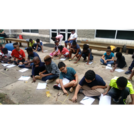
STUDENT ACTIVITY -- 2nd -- TXThis is a distance-learning lesson students can complete at home.Students will observe, compare different objects, and identify the properties of specific materials.This activity was created by Out Teach (out-teach.org), a nonprofit providing outdoor experiential learning to transform Science education for students in under-served communities.

STUDENT ACTIVITY - 4th - NCThis is a distance-learning lesson students can complete at home.The student will observe, compare different objects, and be able to identify the properties of specific materials.This activity was created by Out Teach (out-teach.org), a nonprofit providing outdoor experiential learning to transform Science education for students in under-served communities.
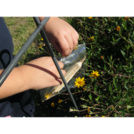
Students will observe, compare different objects, and be able to identify the properties of specific materials.
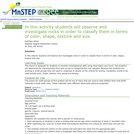
In this activity students will observe and investigate rocks in order to classify them in terms of color, shape, texture and size.
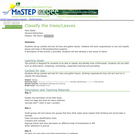
This activity is a field investigation where students gather leaves from various trees on school property, interpret findings, name tree and leaves, journal activity and develop a new "aha" for nature!
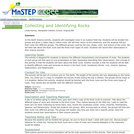
In this Earth Science activity, students will investigate rocks in an outdoor field trip. Students will be divided into groups and given a Ziploc bag to collect rocks. We will then return to the classroom, and the students will put their rocks into different groups. The different groups could be the size, shape, color, and texture of the rocks. We will then talk about the Rock Cycle and the three main types of rocks. Students will record their observations in their science journals.
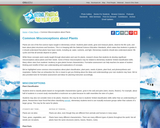
This article describes some common misconceptions that elementary students may have about plants. It also includes suggestions for formative assessment and teaching for conceptual change.

This article discusses misconceptions about birds (and penguins in particular). It provides tools for formative assessment and ideas for teaching correct scientific concepts.
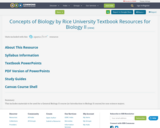
This includes materials to be used for a General Biology II course (or Introduction to Biology II course) for non-science majors.
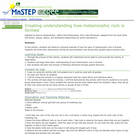
This activity gives a visual representation of how we are able to see the different layers of metamorphic rocks.
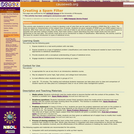
This activity asks students to work in a team to develop a set of rules that can be used to program a SPAM filter for a client. The rules are based on characteristics of the subject lines of emails. Students are given samples of SPAM and non-SPAM subject lines to examine. After their rules are ready, they are given a test set of data to use and are asked to come up with a numerical measure to quantify how well their method (model) works. Each team writes a report describing how their model works and how well it performed on the test data. This activity could serve as an introduction to ideas of classification. Alternatively, the activity could be the basis for student introduction to types of statistical errors.

This is a textbook for teaching data science using the Python programming language at a general first year undergraduate level.

This is a textbook for teaching data science using the R programming language at a general first year undergraduate level.
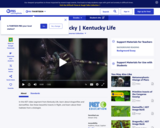
This video segment from Kentucky Life explains the differences between dragonflies and damselflies and explores their habitats.
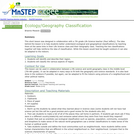
This short lesson was designed in collaboration with a 7th grade Life Science teacher (Paul Jeffery). The idea behind the lesson is to help students better understand ecological and geographical classifications by teaching them at the same time in their Life Science class and their Geography class. Teaching the two classifications together will help reinforce the idea of classification. While this lesson would best be taught outdoors it can also be adapted to the indoors.

This assignment allows students to utilize real soil data/information presented online to learn how the some of the physical properties of the soil influence the chemistry of the soil and health of the ecosystem.
(Note: this resource was added to OER Commons as part of a batch upload of over 2,200 records. If you notice an issue with the quality of the metadata, please let us know by using the 'report' button and we will flag it for consideration.)